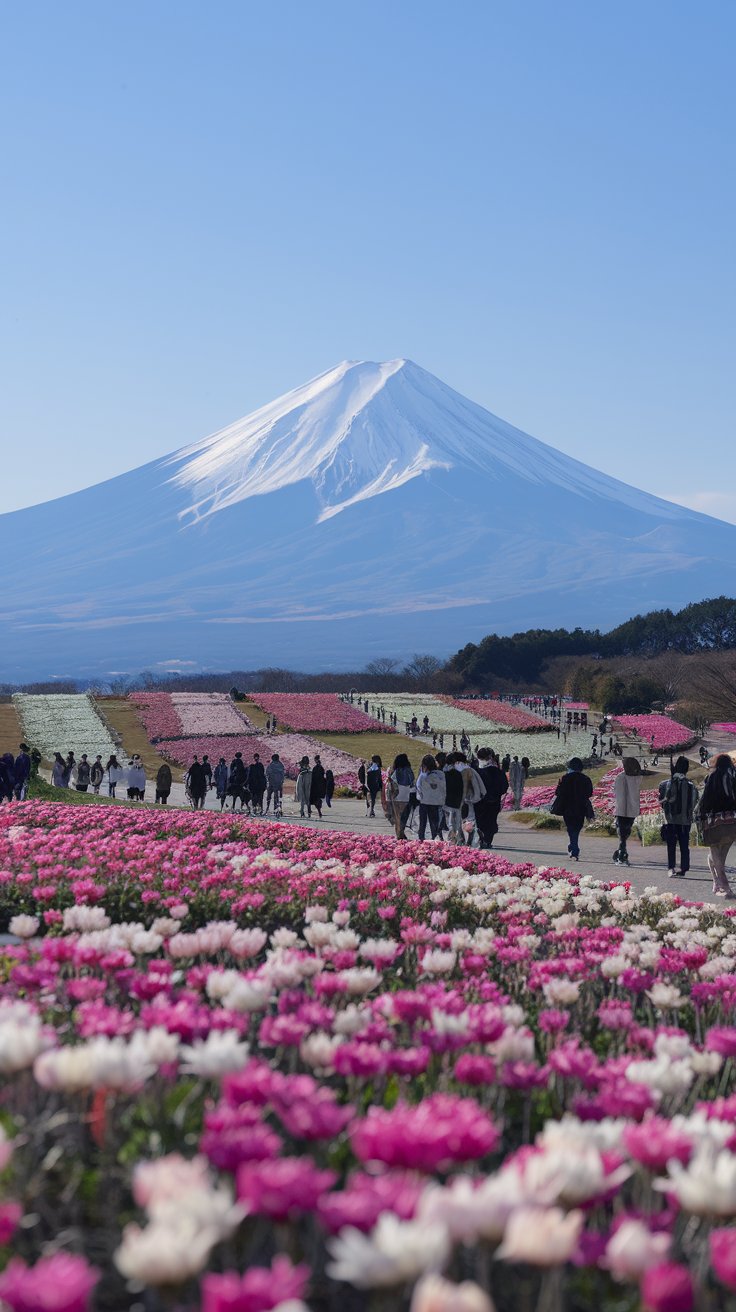When most people think of Japan, the bustling, high-tech cityscape of Tokyo often comes to mind—along with the nation’s reputation for cutting-edge innovation. Another iconic image is the majestic Mount Fuji, rising elegantly into the sky, often framed by cherry blossoms in full bloom. These sights are symbols of Japan, capturing its beauty and spirit.
But beyond the urban brilliance and cultural landmarks lies another world entirely—Japan’s national parks. Often overlooked by visitors, these parks offer an abundance of natural beauty, hidden far from the neon lights. From volcanic peaks to pristine beaches, the country’s landscapes are nothing short of breathtaking.
10. Ogasawara National Park
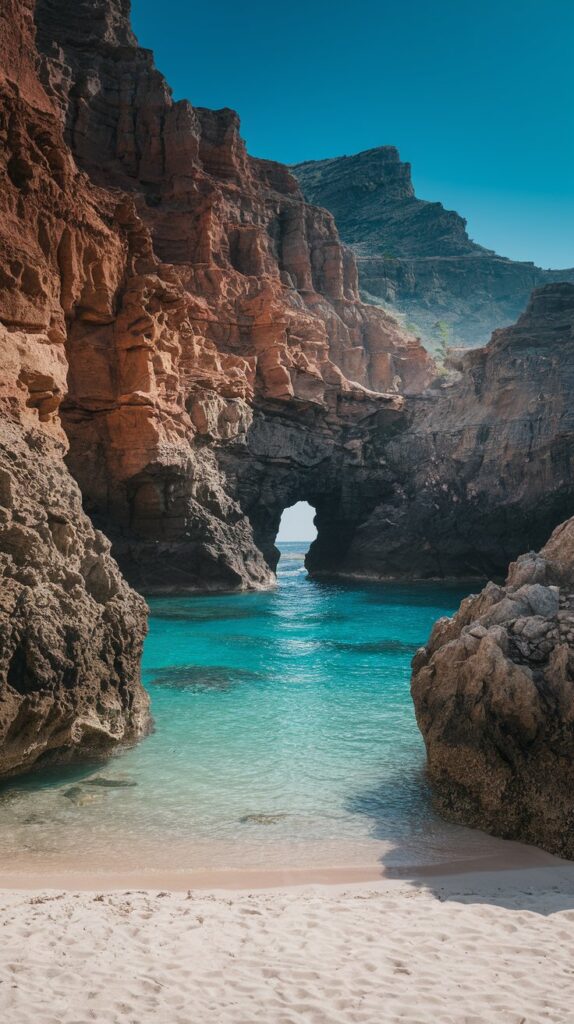
Tucked away in the Pacific Ocean, the Ogasawara Islands—also known as the Bonin Islands—are a remote treasure. Accessible only by ferry, the journey is long, but the reward is extraordinary. Secluded beaches and serene coves await, offering peace and solitude.
Often referred to as the “Galapagos of the Orient,” the islands boast unique ecosystems. Many plant and animal species here exist nowhere else on Earth. Don’t miss the dramatic rock arch at Minamijima, a highlight of the park.
Whether you’re snorkeling in crystal-clear waters, hiking through rare forests, or trying a new water sport, Ogasawara promises an unforgettable experience far removed from the ordinary.
9. Iriomote-Ishigaki National Park
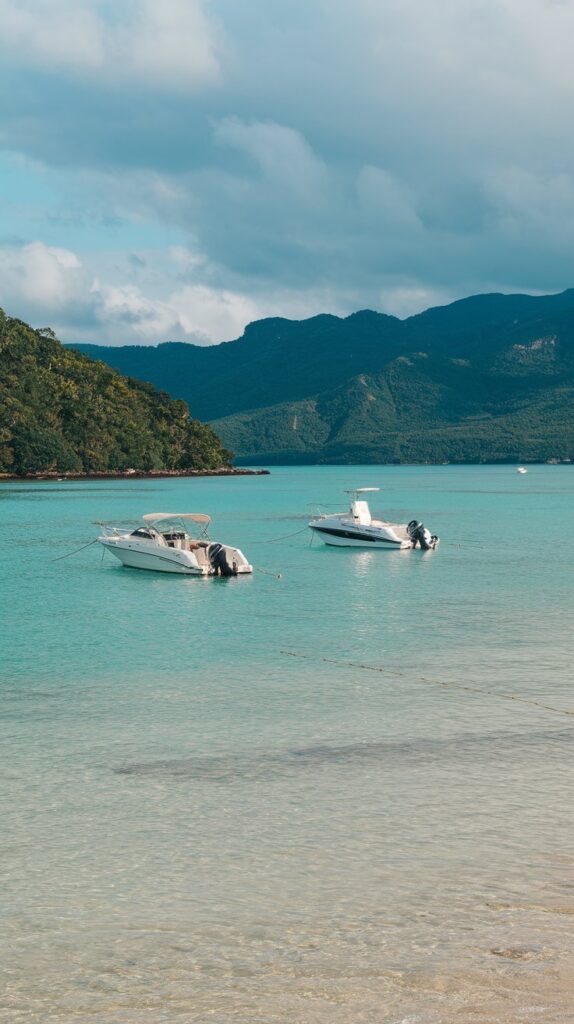
Hike the limestone cliffs for panoramic ocean views, or follow trails that lead to cascading waterfalls hidden deep in the foliage. Birds wheel above the canopy while the air hums with life.
Whether you’re kayaking through mangroves or relaxing on a beach with barely another soul in sight, Iriomote-Ishigaki offers serenity and adventure in equal measure.
8. Aso-Kuju National Park
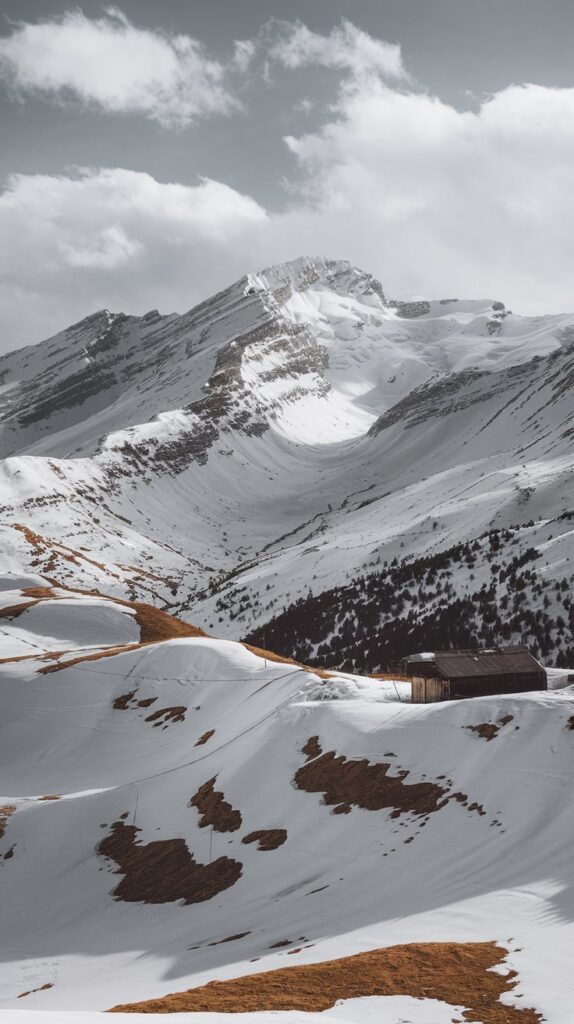
Named after Mount Aso and the Kuju Mountains, this park is defined by its volcanic features. Mount Aso, one of the largest active volcanoes in the world, boasts a massive caldera that you can explore on foot.
The dramatic landscape is punctuated by lava fields, steaming vents, and mineral-rich hot springs. Nestled at the foot of the mountains, the Kuju Flower Gardens bloom with vibrant color during the warmer months, offering a striking contrast to the rugged terrain.
7. Towada-Hachimantai National Park
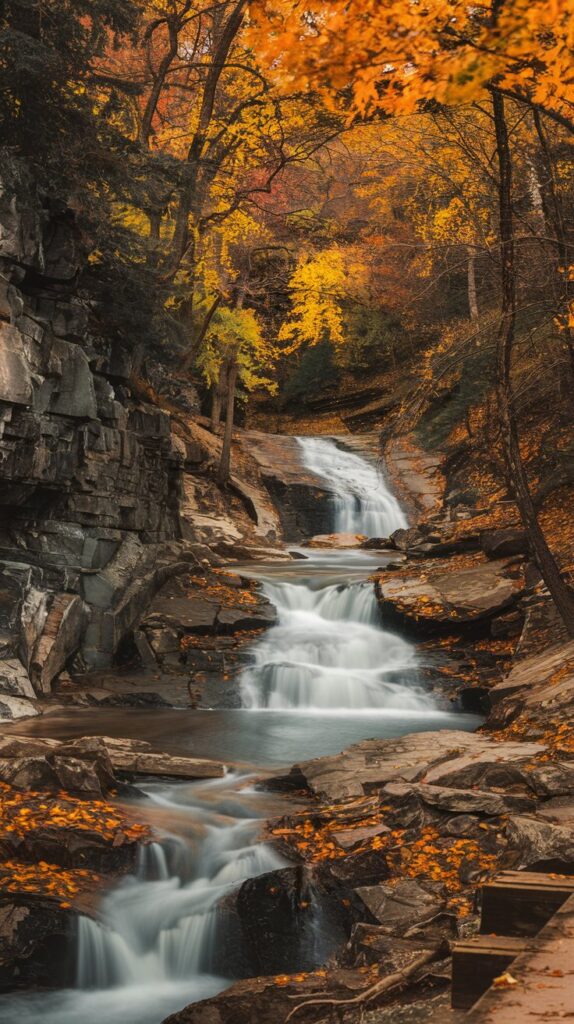
This mountainous region offers year-round beauty. In winter, the forests transform into magical “snow monster” landscapes—trees encased in layers of snow and ice. Come summer, wildflowers burst into color across the hills.
The park features geothermal activity, including bubbling hot springs and sulfur vents. Rivers and lakes shimmer between rolling peaks, making it a prime spot for hikers, photographers, and nature lovers.
6. Yoshino-Kumano National Park
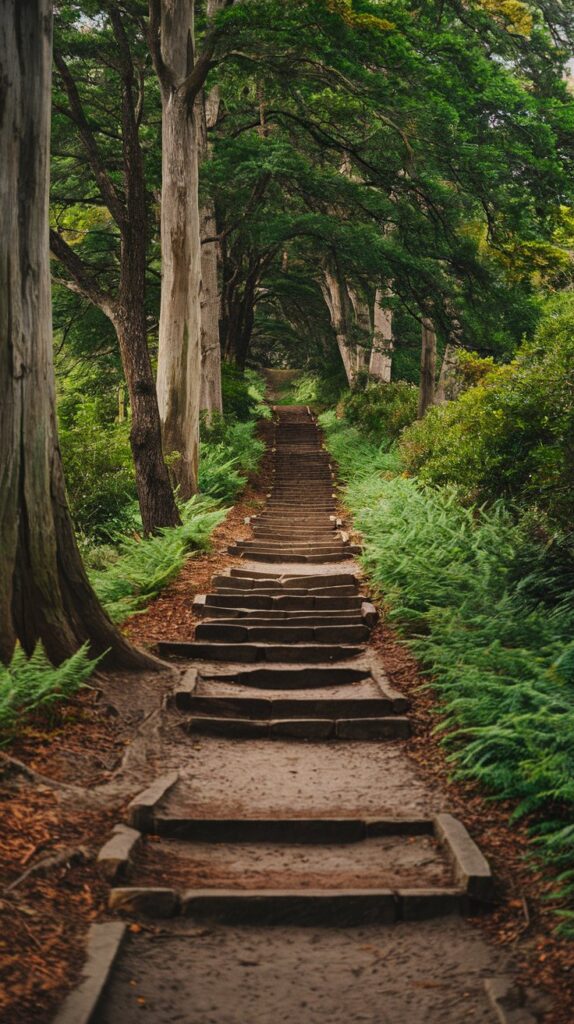
Here, nature and spirituality intertwine. Towering rock formations line the rugged coastline, while tranquil rivers carve paths through deep gorges and forested hills.
The park is home to sacred mountains like Mount Omine and Mount Yoshino, where cobblestone pilgrimage paths wind through ancient trees and misty glades. Temples and waterfalls appear as if from a dream, blending cultural history with natural wonder.
5. Kerama Shoto National Park
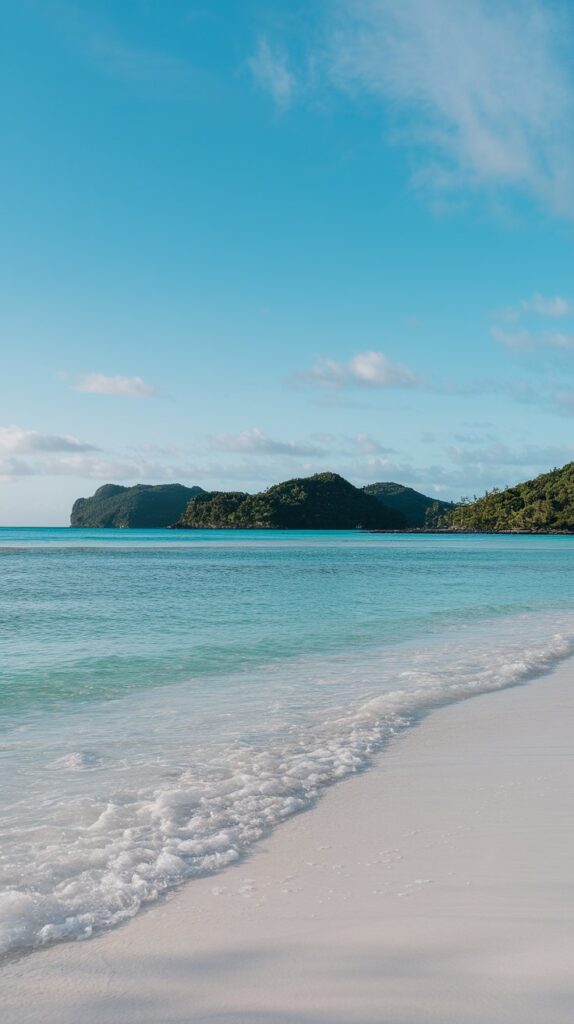
This island chain off Okinawa is a slice of tropical heaven. Think blinding white beaches, turquoise seas, and lush vegetation. The coral reefs teem with marine life, making it a top destination for divers and snorkelers.
You might see sea turtles drifting through the shallows or even spot humpback whales during migration season. Stay overnight in a local minshuku for an authentic and peaceful island experience.
4. Nikko National Park

One of Japan’s most famous parks, Nikko is rich in both natural beauty and cultural heritage. It’s home to the stunning Toshogu Shrine and the atmospheric Rinno-ji Temple.
The park’s waterfalls, like the dramatic Kegon Falls, tumble through thick forests into serene pools. Nearby, Lake Chuzenji reflects the surrounding mountains, including the majestic Mount Nantai. In every direction, Nikko reveals something new to admire.
3. Shiretoko National Park
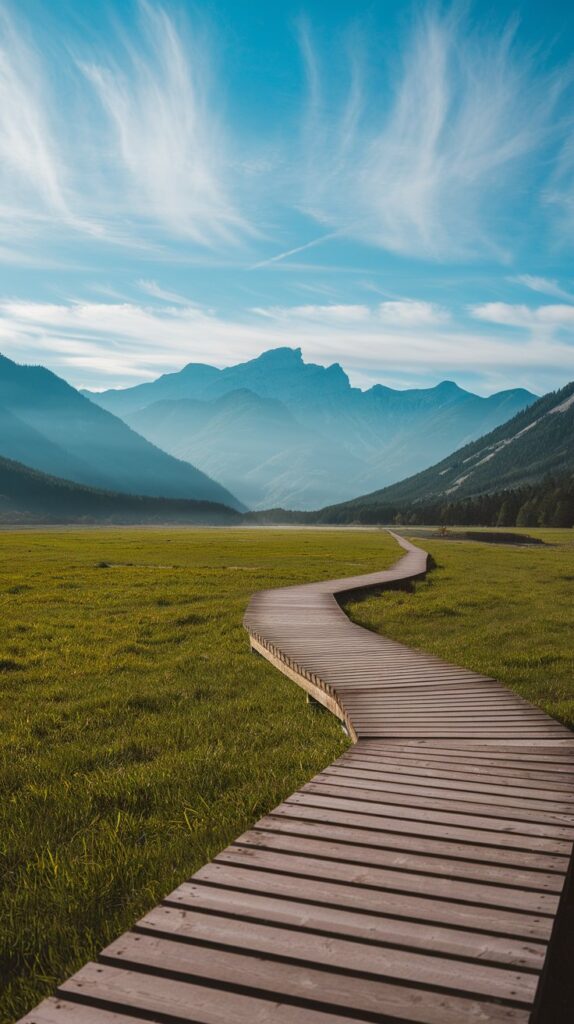
Located on the northeastern tip of Hokkaido, Shiretoko is remote, wild, and wonderfully untouched. Its crown jewels are the Five Lakes—mirror-like pools that reflect the nearby peaks.
The journey to Kamuiwakka Falls is another highlight. Wading upriver, the water gradually warms as you approach the hot spring source. It’s a magical moment of connection with nature.
Take in the grandeur of the park from Shiretoko Pass, where the vistas are as pure and powerful as any on Earth.
2. Akan Mashu National Park
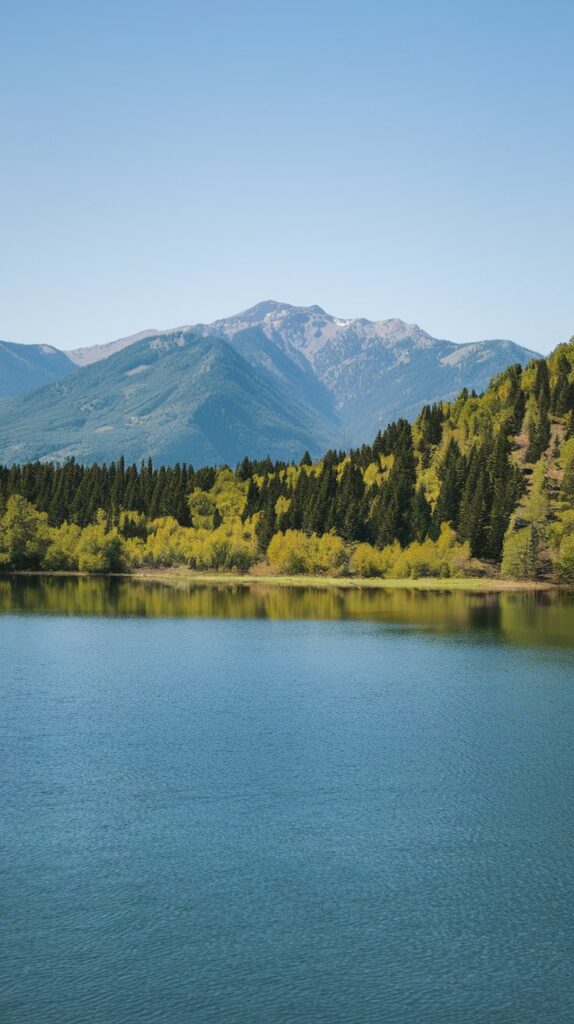
One of Japan’s oldest protected areas, Akan Mashu is a haven of biodiversity. Towering volcanic peaks, ancient forests, and sparkling lakes create a landscape that feels both timeless and ever-changing.
Visit Lake Onneto and Lake Akan for reflections so clear they feel surreal. Bathe in Kawayu’s hot springs or hike Me-Akan’s rugged trails. With so many ecosystems in one park, each visit feels like a new adventure.
1. Fuji-Hakone-Izu National Park
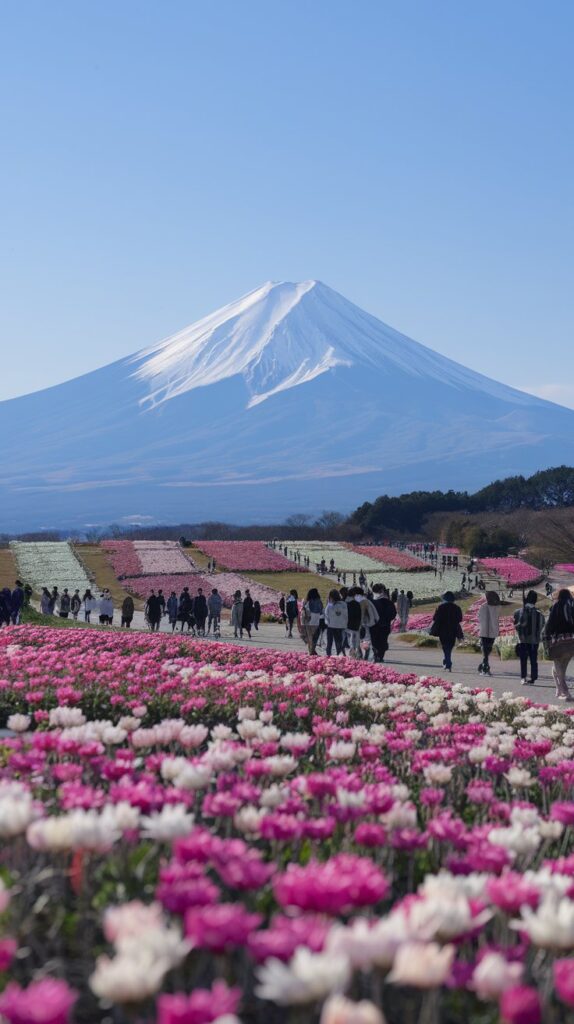
The crown jewel of Japan’s national parks, Fuji-Hakone-Izu has it all. Of course, Mount Fuji steals the spotlight—its snowcapped peak is iconic. But the park extends far beyond that.
Over a thousand volcanic islands, countless hot springs, serene lakes, and forests of cherry trees fill this vast region. Waterfalls tumble over ancient lava beds. Trails wind through forests glowing with seasonal color.
Bring your camera and your sense of wonder. Fuji-Hakone-Izu isn’t just Japan’s most popular national park—it’s a once-in-a-lifetime experience.

